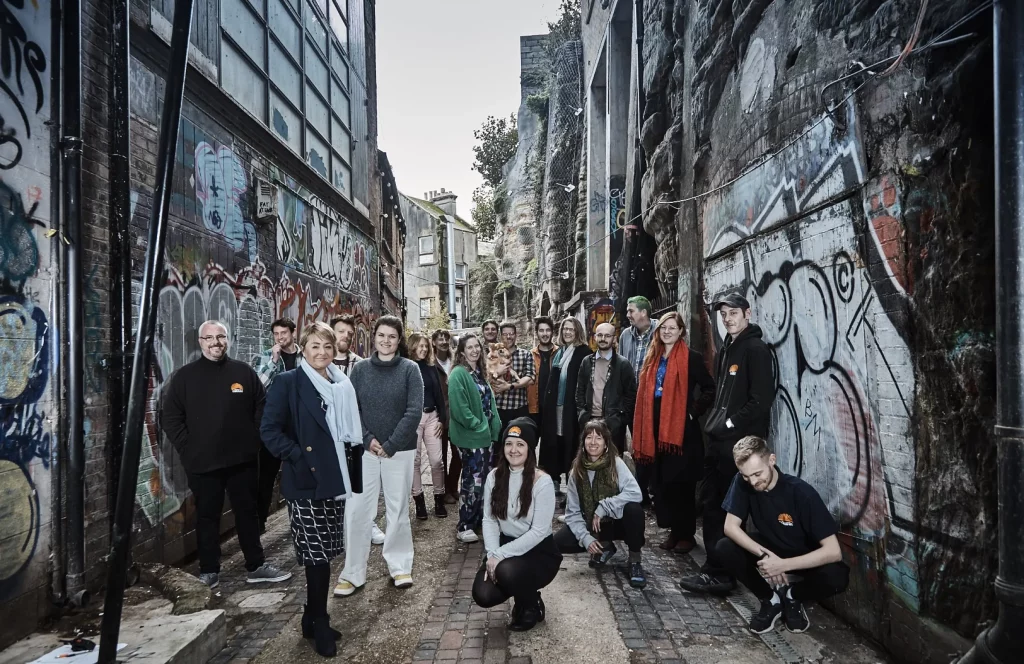After a powerful earthquake and tsunami hit Chile in 2010, over 11,000 buildings were destroyed along the coast. Many families lost both their homes and their way of life. The government offered to move them inland, but most wanted to stay near the sea, where they earned their living from fishing or collecting algae.
To support this, a new type of resilient social housing was developed. These specially designed stilt houses were built higher off the ground to protect against flooding from future tsunamis. The living areas—like kitchens and bedrooms—are raised above possible flood levels, while the ground floor can safely flood or be used for storage and work. The design also reflects local architecture and culture.
180 homes were built in five fishing villages. Residents worked closely with architects and government officials to design the homes and decide whether to stay or relocate. The homes cost about $25,000 each, fully funded by Chile’s Ministry of Housing. Families did not need to take loans and have since resumed their livelihoods to cover ongoing maintenance.
The project also supported the local economy with training, equipment, and cultural events. It involved many partners, including local communities, universities, and government agencies. The approach focused on community participation, safety, and preserving identity.
The project faced challenges—such as higher costs and delays—but it showed that disaster recovery can protect both people and their culture. These homes are now a model for rebuilding coastal communities in disaster-prone areas. Lessons learned from this project are being used elsewhere in Chile and have drawn international interest.
Universidad del Bío-Bío




